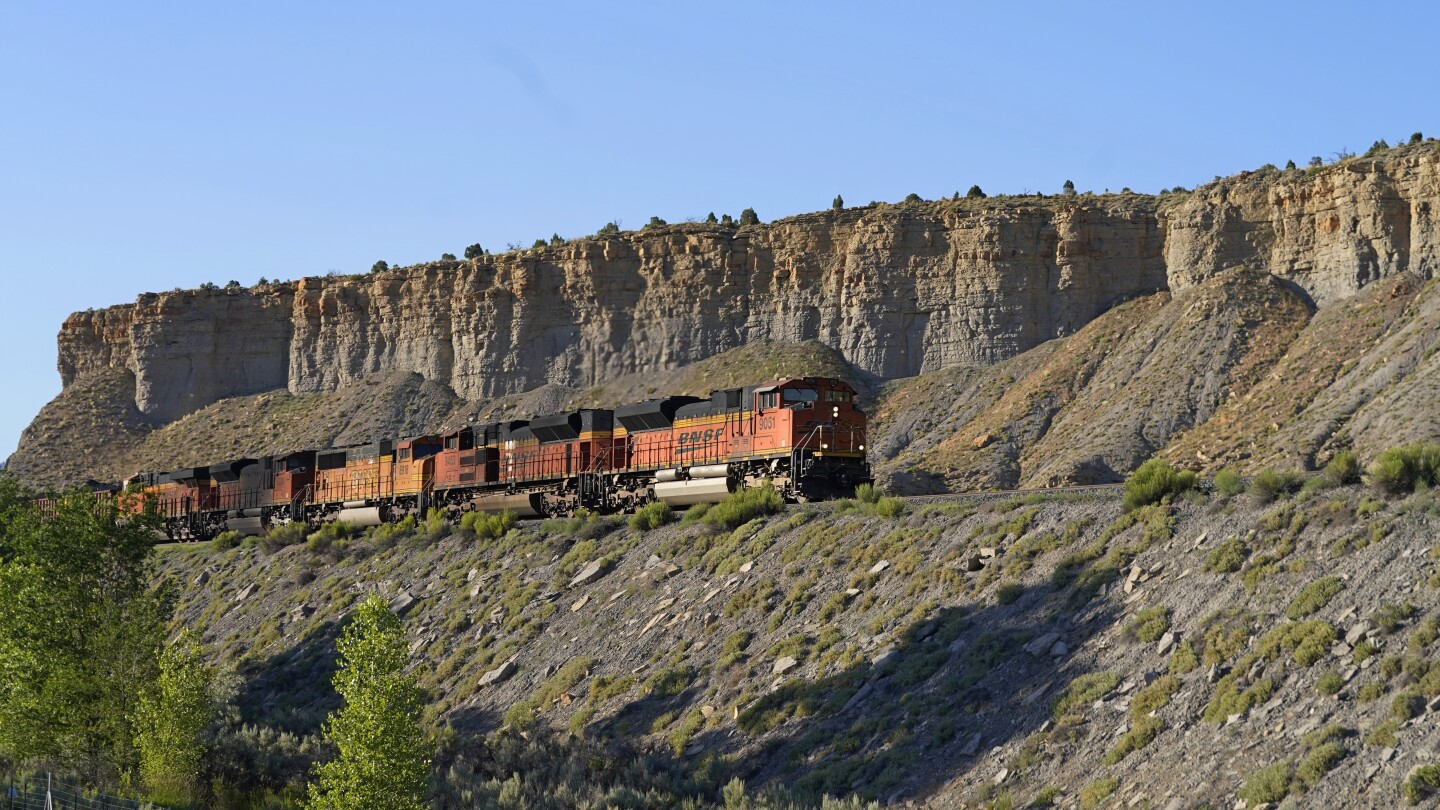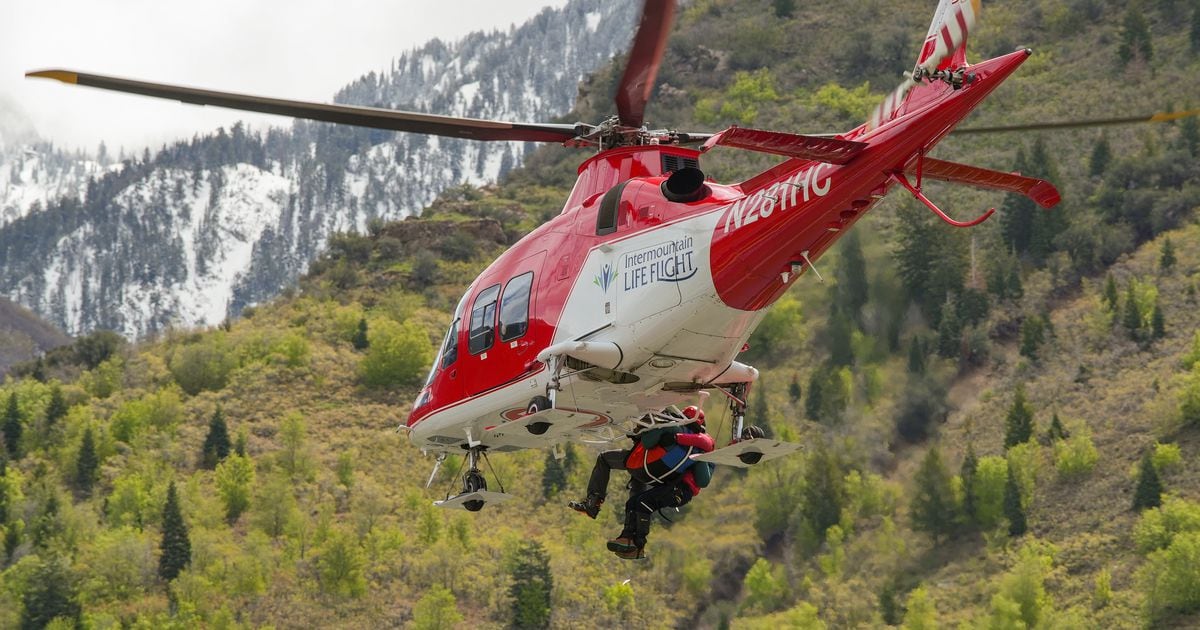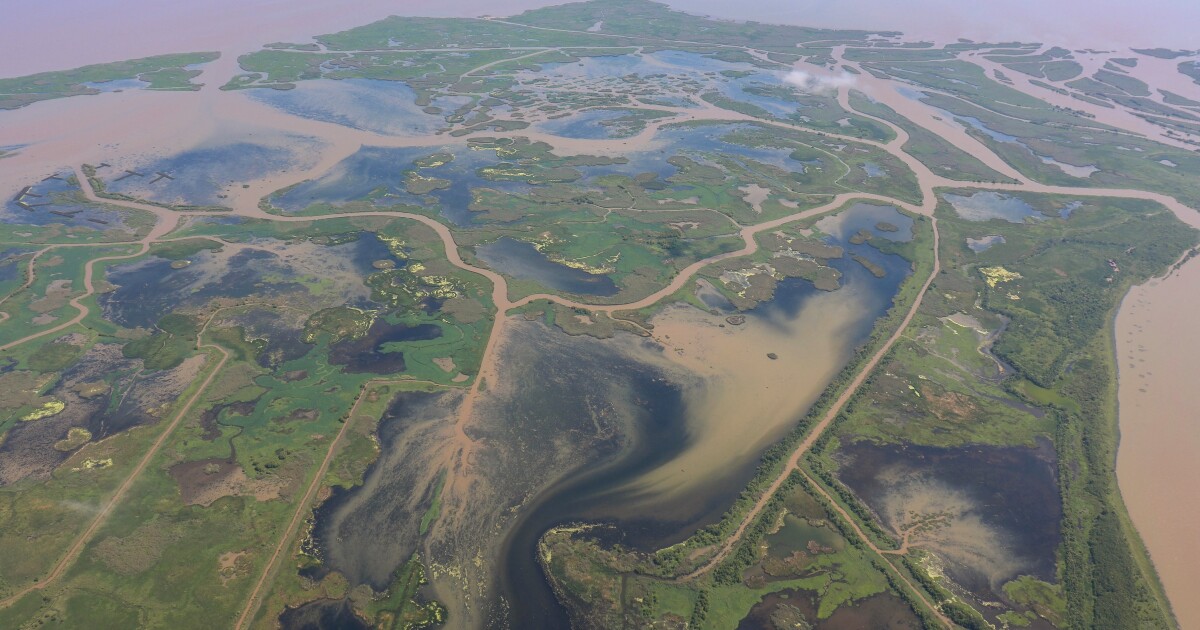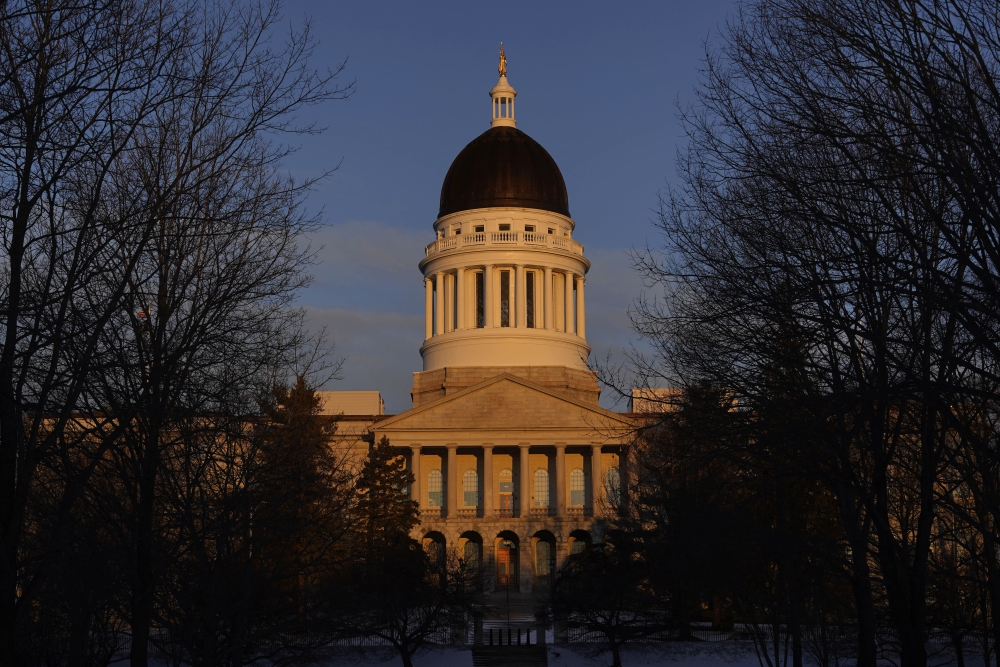The skier saw the warning signs. Wind had piled thick heaps of snow on precariously tilted slopes. Ahead of him, a party of three more backcountry skiers triggered a small but powerful avalanche.
Still, beckoned by the fresh powder coating the sides of Little Cottonwood Canyon near Lisa Falls, the solo skier chose to tempt fate. And fate bit.
When the first slab broke, he was prepared. He deployed his airbag and, after it passed, immediately switched his bindings out of uphill mode to ski out of it. Then the second, larger slide steamrolled over him. It barreled him, forcing his face down, sending snow into his airways and tossing him over a cliff.
The experience was harrowing, according to a report submitted by the skier — identified only as “Davenport” —to the Utah Avalanche Center. And yet, it wasn’t extraordinary. More than 50 people were caught and carried in avalanches in the Salt Lake area alone during the 2023-24 ski season, according to the annual report the UAC released Tuesday.
The total number of avalanches reported across Utah during the 150-day forecast season, which spans mid-November to mid-April, was 902. More than a third of those (356) were determined to be human-triggered, the report said, and they swept up 63 skiers statewide.
(Utah Avalanche Center) The report lists the slide as being 250 feet wide and 2 feet deep.
Much of that information came from the nearly 2,000 slide observations reported to the UAC. Starting in 1987, the UAC became the first avalanche center in the United States to collect and publish public observations. That formed the foundation of the agency’s observation program, according to the report.
“After reading the daily avalanche forecast,” the report noted, “reading the published observations is one of the most valuable tools a backcountry user has to learn and understand backcountry and avalanche conditions.”
January apparently was a particularly tricky month.
“Avalanches occurred everywhere,” the UAC states in the report, “as the poor snowpack structure provided little foundation for the new snow. This remained the trend for most of January as subsequent large storms reactivated the faceted layer. By the end of the month, over 300 avalanches were recorded around the state with numerous catch and carry’s [sic], including a few full burials who were all luckily successfully rescued.”
In fact, thanks to the efforts of Search and Rescue volunteers and good Samaritans, Utah almost escaped the winter without an avalanche death. That changed in May, however, when three men were caught in a late-season avalanche below Lone Peak. Two of them, 32-year-old Austin Mallet of Wyoming and 23-year-old Andrew Cameron of Salt Lake City, perished in the slide.
That avalanche occurred after the UAC ceased its daily forecasts for the season. However, Chris Labosky, a close friend of Mallet, said that “wouldn’t have made a difference” for the three seasoned adventurers.
“It would have made no difference at all,” he said, “because their assessment would have been in line with … the forecasts [the UAC] would have issued anyway.”
Courtesy of Emily McKay. Austin Mallet of Bozeman, Montana, was an adept alpinist who skied the Messner Coulior and climbed Cassin on his first trip to Denali in Alaska in 2023. Mallet was one of the two men who died in an avalanche near Lone Peak in Little Cottonwood Canyon on Thursday, May 9, 2024.
It was February when the man identified as “Davenport” found himself being pummeled by an avalanche near Lisa Falls. He wrote that his own actions were “baffling and shameful to me.” He also remarked that had another skier not risked his own life to attend to him and call for a helicopter rescue after the second slide, he probably would have died.
“When the slide stopped I remained submerged but managed to dig my face out, breathe, and begin to drag myself up and to the side of the couloir and (relative safety),” he wrote. “I likely was concussed or mildly hypoxic from my burial as I kept thinking this was a dream for several minutes. When my head cleared a member of the earlier party of three had skied to me and begun calling for a helicopter evacuation. He helped get me warm and recover my airbag pack and I cannot stress enough that his bravery in going down to me with hangfire above was exceptional.”
The rescuer also requested a helicopter lift after two subsequent avalanches swept through the area.
“This was a miracle,” a member of the rescuer’s party wrote in his report for the UAC. “This avalanche ran through what anyone would consider unsurvivable terrain.”
The UAC was formed in 1980 with the mission to provide winter backcountry travelers such as skiers, snowboarders, snowmobilers and snowshoers with resources and education to keep them out of danger’s path.
“Our goal,” UAC Director Mark Staples wrote, “remains ensuring the backcountry community has quick and easy access to the information they need to stay safe.”
After nine years at the helm, Staples will be leaving the UAC for a similar position with the Gallatin Avalanche Center in Montana. He will be replaced by Paige Pagnucco, who has been with the UAC for 19 years, most recently as its program director.
Editor’s note • This story is available to Salt Lake Tribune subscribers only. Thank you for supporting local journalism.









:no_upscale()/cdn.vox-cdn.com/uploads/chorus_asset/file/25506038/2152256214.jpg)
:no_upscale()/cdn.vox-cdn.com/uploads/chorus_asset/file/25506042/2152276420.jpg)
:no_upscale()/cdn.vox-cdn.com/uploads/chorus_asset/file/25506108/1968510401.jpg)
:no_upscale()/cdn.vox-cdn.com/uploads/chorus_asset/file/25506064/2152449638.jpg)
:no_upscale()/cdn.vox-cdn.com/uploads/chorus_asset/file/25506063/2152276450.jpg)
:no_upscale()/cdn.vox-cdn.com/uploads/chorus_asset/file/25506102/2147736378.jpg)






















